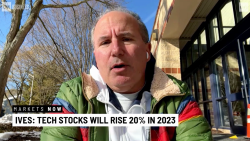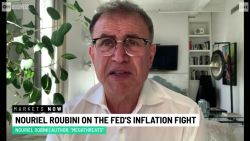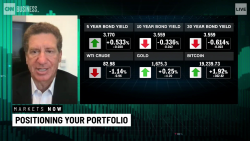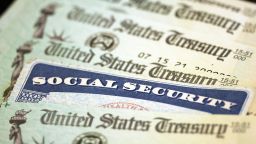Inflation is soaring, markets are down and savings rates are still very low. But there’s one investment that offers a nearly 10% return for the next several months. But you’d need to act quickly.
Until the end of this month, you have a chance to lock in a 9.62% rate for six months, October through March, on up to $10,000 in savings, if you purchase a Series I savings bond from TreasuryDirect.gov.
That’s a much better deal than you’ll see on any bank savings account. While interest rates have been rising this year, they are not nearly high enough to beat inflation, which was pacing at 8.2% year over year through September. At best, you might get a high-yield savings rate of just under 3% at some places. And at the biggest banks you likely won’t even get 1%.
The Treasury suggests that to ensure you are issued your Series I bond by October 31, you need to purchase it by October 28.
The rate on I bonds resets every six months. And it is determined by a formula based partly on changes to the Consumer Price Index.
The next rate reset comes November 1. The new rate – which will be in effect for six months – may be lower than 9.62%, but likely will still be higher than bank savings rates. If you buy a bond this month, your rate will reset on April 1 and incorporate the new rate that will be set on November 1 of this year.
Individuals may only purchase up to $10,000 in I bonds electronically in a calendar year. (For married couples, each spouse can purchase their own I bond for a total investment per year of up to $20,000.) In addition, you may purchase up to a $5,000 paper I bond if you use your federal tax refund to buy it.
The catch with I bonds is this: To get the full amount of interest, you have to hold the bond for at least five years. (You can hold it up to 30 years if you like.) You can cash it in any time after the first year, but you will sacrifice three months of interest if you do so before the fifth year.
“It is essentially an illiquid investment for the first 12 months,” said certified financial planner Doug Flynn of Flynn Zito Capital Management.
And, Flynn noted, remember that the rates will continue to change twice a year. If inflation falls as much as the Federal Reserve hopes – its target is 2% – your I bond rate in the coming years will fall too.
The big advantage to I bonds, however, is that you will preserve the buying power of your $10,000 for five or more years.
And that may be of particular benefit to people planning to retire in five years or so. They can tap the money as needed in their first few years of retirement.
And there’s a tax advantage, too: The interest you earn on your I bond will only be subject to federal income tax, but not state and local income tax if you live in an area that imposes one or both.


























